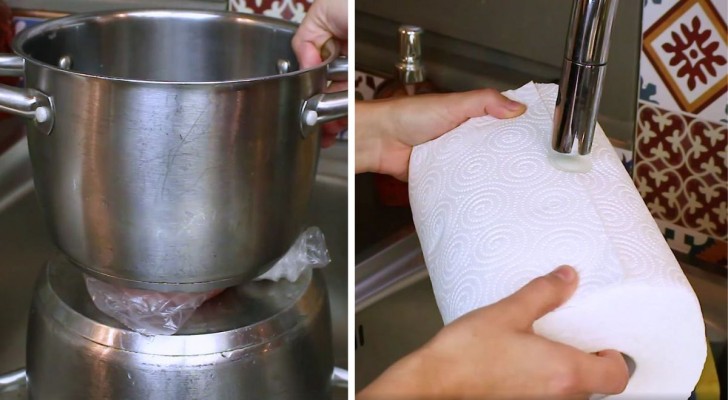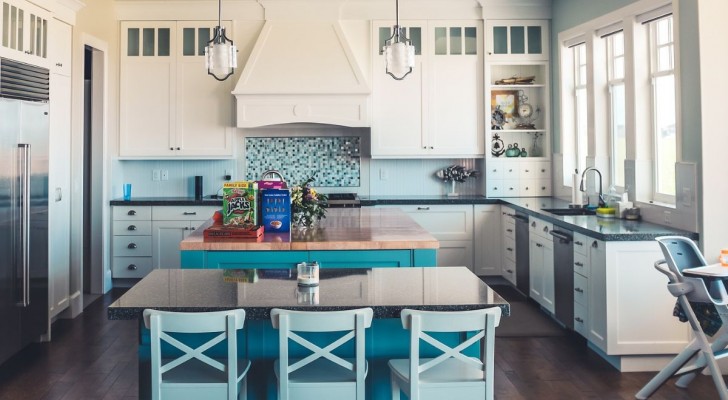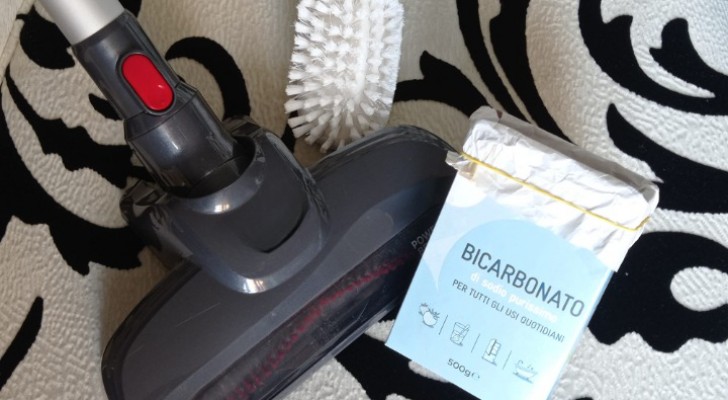Decluttering: 7 things you should always keep when tidying up your home

Sooner or later the time comes when our home needs to be straightened out properly, aka decluttering. But when we start throwing away things we don't need, we often go a bit too far. Tidying up the house is in fact a fundamental step to have a "happy home", but so is finding the right place for all the objects that are dear to us.
However, when you take to a minimalist approach to managing your possessions, you risk getting rid of something you later regret throwing out. For this reason, it is important to approach the decluttering process in a systematic way.
Below, we suggest 7 items that you should always keep when tidying up your home:
1. Important documents
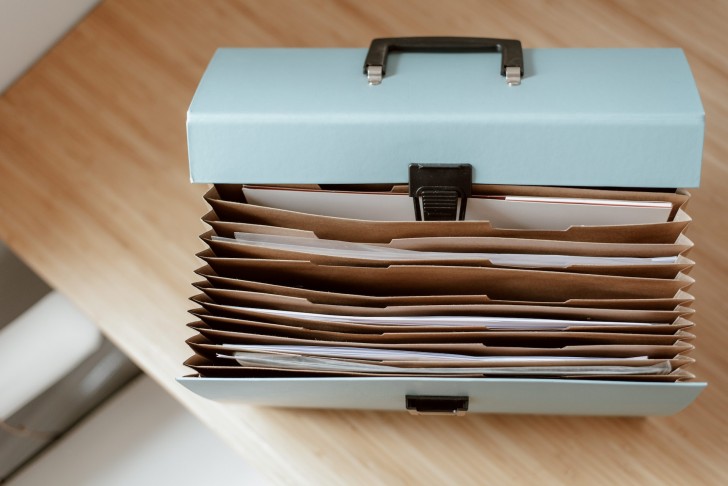
Certificates, contracts, legal titles, but also personal documents and maintenance manuals for your appliances should always be carefully preserved to ensure that they are always to hand when needed. Copies can certainly be requested, but the bureaucratic procedure is incredibly frustrating. It is much better to keep important documents in a safe, secure place.
2. Works of art and antiques
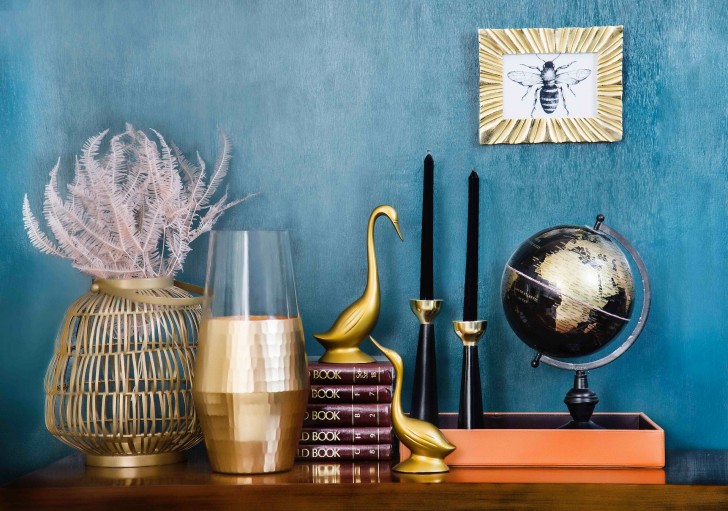
Some of your inherited artwork and furniture may look very outdated in your home, but could, in fact, be very valuable (especially old paintings). And, of course, for non-valuable items, these can often be "upgraded".
A coat of paint or a few small DIY changes can be enough to transform vintage, antique furniture into pieces that suit your home.
3. Glass jars
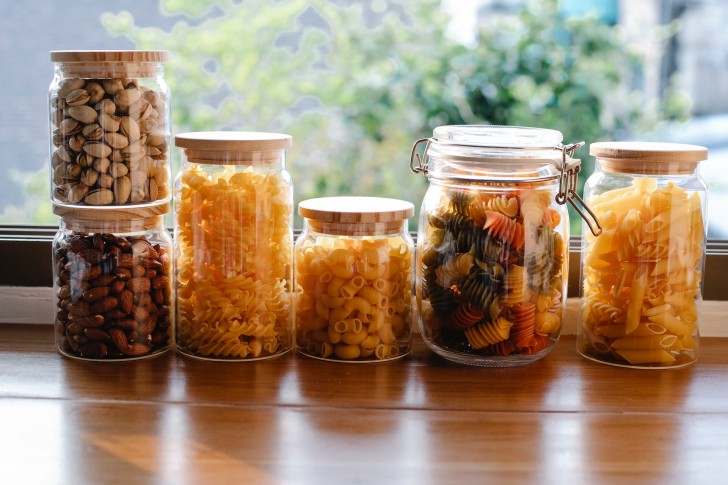
Empty glass jars that once held preserves, jams and sauces, very often end up being recycled and you can do so too. In the pantry, for example, these jars are perfect for storing loose foods such as spices, flours, pasta, rice, cereals, legumes and biscuits. In the living room, they are perfect for storing small stationery items or acting as flower vases. In the garage or closet they can help us keep small DIY accessories in order.
But there's moer: glass jars are also suitable for craft projects; by recycling them you can, for example, create original soap dishes and toothbrush holders, tool holders, lamps, lamp shades and much more.
4. Toys and books

Raise your hand if you kept your favorite toy from when you were a child, jealously guarding it like a precious jewel. Of course, your kids may have too many toys, but before throw certain toys away, take a moment to think: has your child played with the toy in the last 6 months? How strong is your child's emotional bond to that specific toy?
The same goes for books: those from when the kids were little may now be out of date, but they may be sentimental about the books they have outgrown.
Keep the precious, treasured books and toys on a shelf or or reuse them creatively around your home.
5. Clothes that still fit

When you tidy up your wardrobe you might oscillate between the temptation to throw everything away and start again, or the desire to keep everything.
But before acting, stop and think: for example, are you really sure that you want to throw away a perfectly good sweater just because its color is no longer in fashion?
6. Photographs, letters and family heirlooms
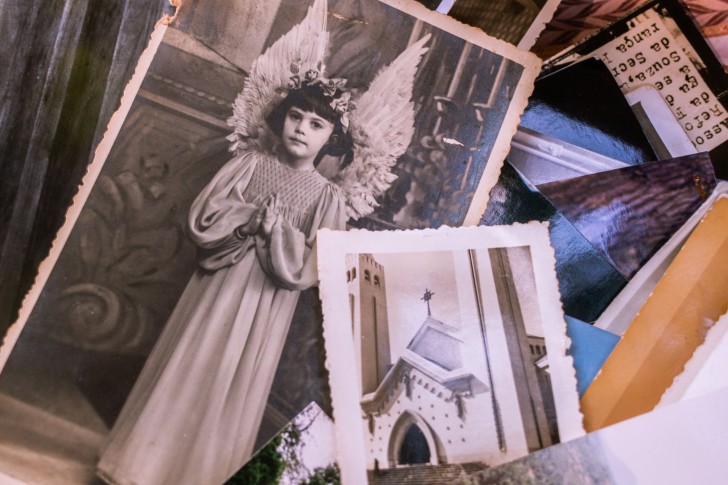
Memories are fundamental in our lives: they define who we are and where we come from and keeping objects or photographs that remind us of this is always a good idea. Avoiding becoming suffocated by the excessive accumulation of memorabilia is fine, but be sure to keep the most precious objects, the best photos, the most heartfelt letters. Place these items in a box which you can store under the bed or on top of a wardrobe.
The important thing is that you know you still have them, that you can open the box and get them whenever you feel the need.
7. Kitchen appliances and accessories
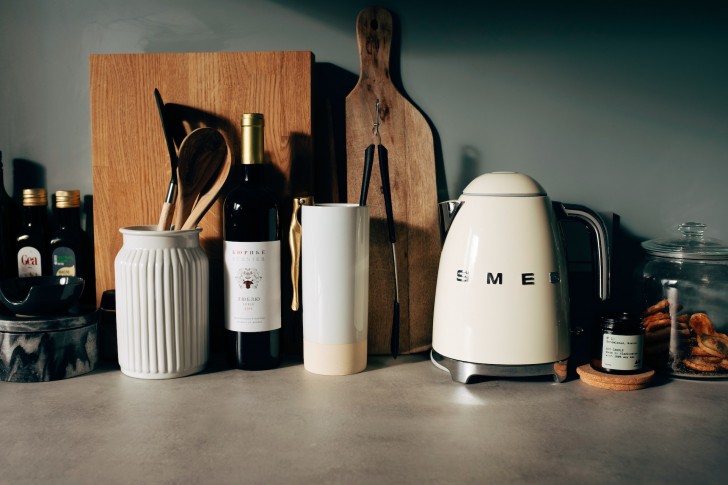
Your kitchen doesn't need to be filled to the brim with superfluous tools and accessories. However, sometimes we happen to throw away objects that we rarely use, but can still be useful occasionally. Learn to distinguish between what is truly useless and items that are used rarely. Throw away the former, keep the latter (stored away in a tall cabinet or at the back of a closet).
What items will you keep?
